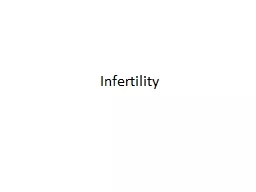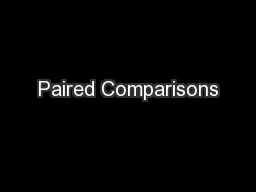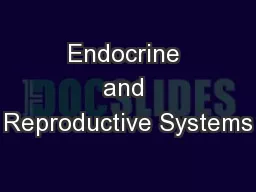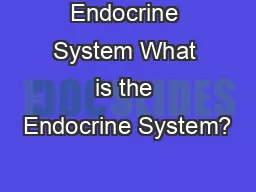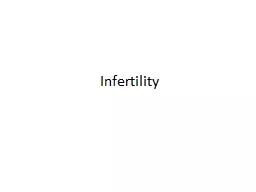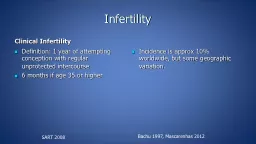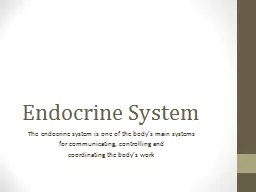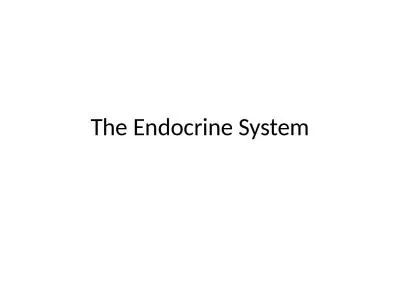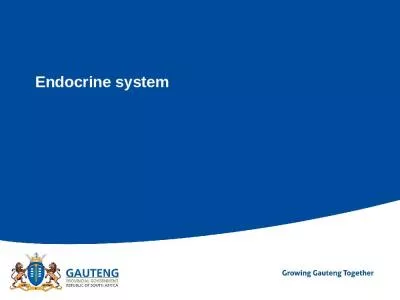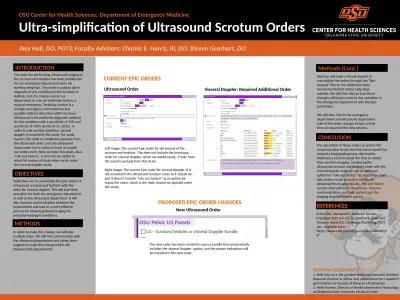PPT-Infertility Testicles are paired structure within scrotum that has endocrine and reproductive
Author : miller | Published Date : 2022-02-24
Testis has volume of 1525 ml The testis is ovoid in shape and has pedunculated body at superior pole called appendix testis ruminant of mullerian duct and the
Presentation Embed Code
Download Presentation
Download Presentation The PPT/PDF document "Infertility Testicles are paired structu..." is the property of its rightful owner. Permission is granted to download and print the materials on this website for personal, non-commercial use only, and to display it on your personal computer provided you do not modify the materials and that you retain all copyright notices contained in the materials. By downloading content from our website, you accept the terms of this agreement.
Infertility Testicles are paired structure within scrotum that has endocrine and reproductive: Transcript
Download Rules Of Document
"Infertility Testicles are paired structure within scrotum that has endocrine and reproductive"The content belongs to its owner. You may download and print it for personal use, without modification, and keep all copyright notices. By downloading, you agree to these terms.
Related Documents

